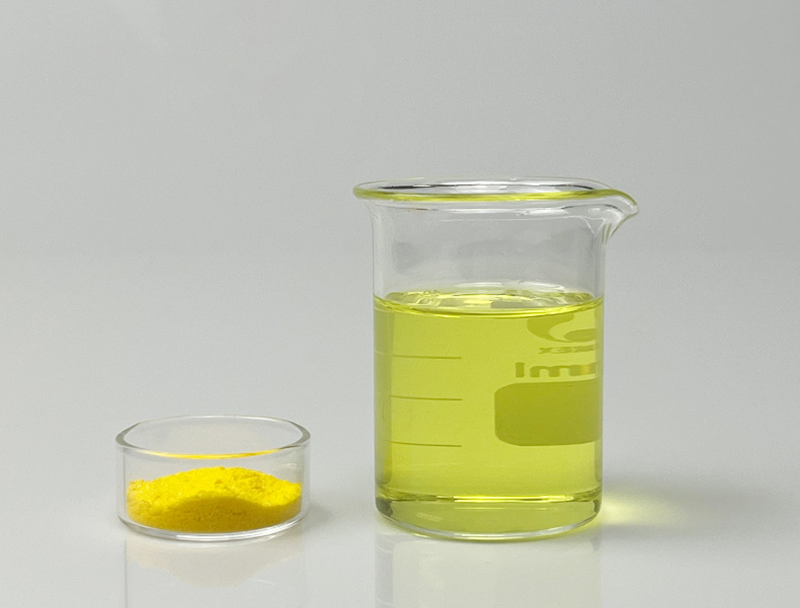
Cell-based production leans heavily upon a vast array of feedstocks for fabricating next-generation bio-products.
Maintaining continuous ethical sourcing of resources remains essential to industry resilience and responsible expansion.
several issues arising from typical material sourcing like ecosystem disruption and unsustainable harvesting. Accordingly, companies are required to implement regenerative sourcing methods to mitigate footprints.
- Models of sustainable material sourcing include:
- Utilizing renewable feedstocks derived from agricultural byproducts
- Deploying circular process designs to reduce discard and boost reuse
- Teaming up with provincial partners who practice sustainable procurement
The transition to greener sourcing offers both planet-friendly outcomes and business advantages.
Upgrading Feedstock Traits for Better Biofuel Performance
Optimizing biofuel yields depends strongly on feedstock quality and makeup. Researchers repeatedly investigate innovative methods to enhance feedstock potential, yielding greater biofuel outputs and greener energy prospects. Approaches include genomic enhancements to boost biomass growth and processing methods to convert complex lignocellulose into fermentable sugars.
- Furthermore, teams search for alternative biomass sources including algal strains, industrial wastes, and crop leftovers to broaden sustainable feedstock options for fuels.
- By means of ongoing innovation the biofuel sector can achieve substantial advances soon, shaping a cleaner energy future.
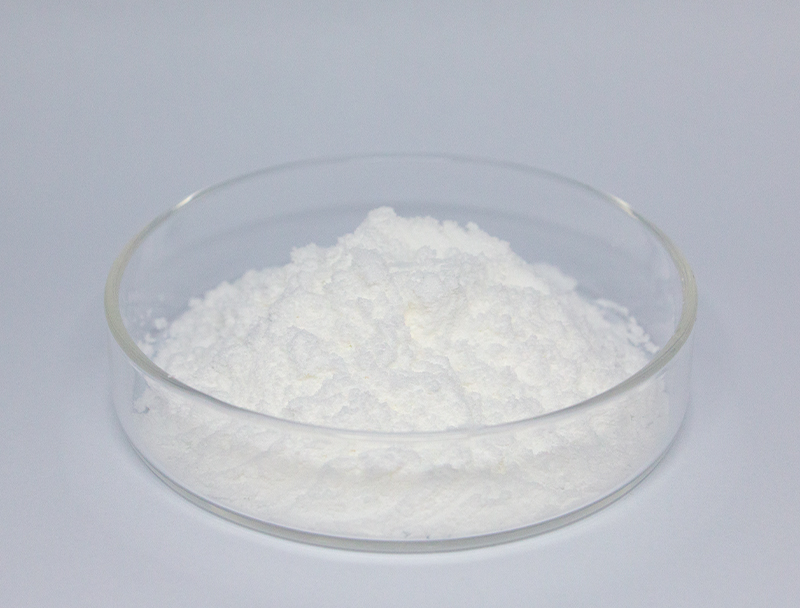
Biopharmaceutical Manufacturing: Advancements in Upstream Processing
embraces initial workflow stages from growth to harvesting Recent progress has advanced techniques that maximize productivity and increase output.
Pivotal enhancements embrace high-performance cell lines, balanced media compositions, and intelligent reactor control systems. These changes expand productivity and help reduce both financial and environmental overhead.
- Concurrently, continuous manufacturing approaches bring amplified flexibility and more consistent upstream outcomes.
- Embracing sophisticated manufacturing strategies is poised to change industry norms and shorten development cycles.
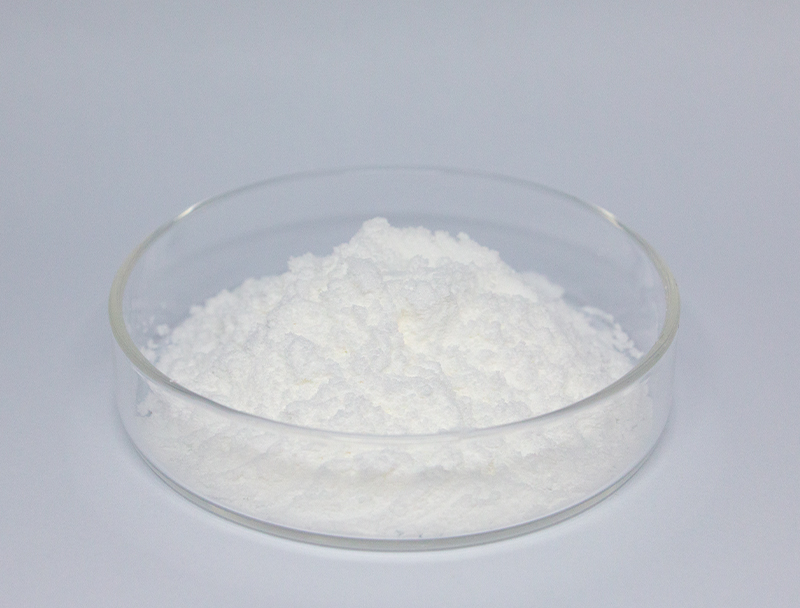
CRISPR and Beyond: Improving Biopharma Production
progresses in gene editing technologies, such as CRISPR-Cas9, have revolutionized the production of biopharmaceuticals. By implementing targeted gene changes, investigators boost production titers of important biologics. The technique provides opportunities to manufacture economical, high-yield therapeutics for varied indications.
Biodegradation Strategies Using Targeted Microbial Cultures
advanced microbe-driven remediation methods to treat contaminated sites sustainably. Certain microbes have capacities to biotransform contaminants into nonharmful forms.. Tapping into these capabilities enables green remediation tactics to restore ecosystems affected by industrial contamination.. Scientists are actively exploring a wide range of microbial species with diverse metabolic capabilities to target various pollutants, including heavy metals, pesticides, oil spills.. Such organisms are usable in treatment systems or applied directly to soils and waters to drive biodegradation of contaminants..
Microbial remediation approaches present key benefits relative to classic remediation methods. These methods are economical and eco-conscious while reducing hazardous secondary waste. Additionally, microbial tactics can target contaminants selectively while preserving surrounding ecological systems. The field is rapidly refining methods to make microbial remediation more efficient and broadly effective.
Digital Methods Accelerating Pharmaceutical Discovery
Digital bioinformatics methods are central to evolving therapeutic discovery processes. By leveraging complex datasets, bioinformatics expedites discovery and optimizes candidate safety and potency.
- By analyzing vast datasets of genomic, proteomic, and clinical data, bioinformaticians can uncover novel drug targets and predict the activity of potential therapeutics.
- Furthermore, computational modeling of drug–target interactions aids rational design of higher-performing therapeutics.
- Finally, bioinformatics is revolutionizing the drug discovery and development process, accelerating the time to bring safe and effective treatments to patients in need.
Metabolic Design Approaches to Boost Bioproduct Yields
deploys several tactics to elevate cellular production of valuable biochemicals. Methods might combine targeted gene changes to rechannel flux, regulatory element design to control expression, and exogenous gene introduction to provide fresh capabilities.. With precise metabolic tuning scientists can greatly enhance yields of desired compounds.
The multifaceted strategy promises to reshape sectors like biotech, agritech, and renewable fuel industries.
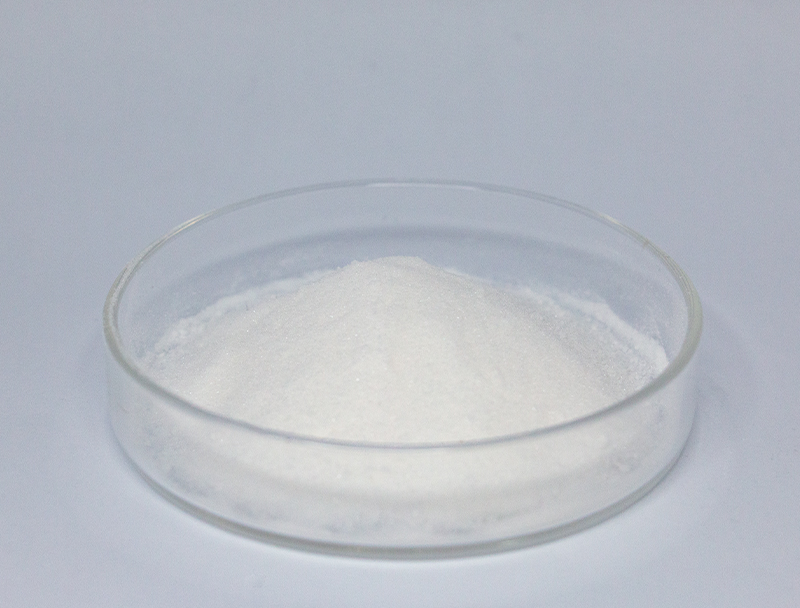
Barriers and Benefits When Expanding Biopharmaceutical Manufacturing
Upscaling therapeutic manufacturing brings major obstacles along with promising prospects. Preserving batch-to-batch quality when scaling up is a key challenge. Managing it necessitates trans-Cinnamic acid robust automation, high-fidelity monitoring, and powerful analytical capabilities.
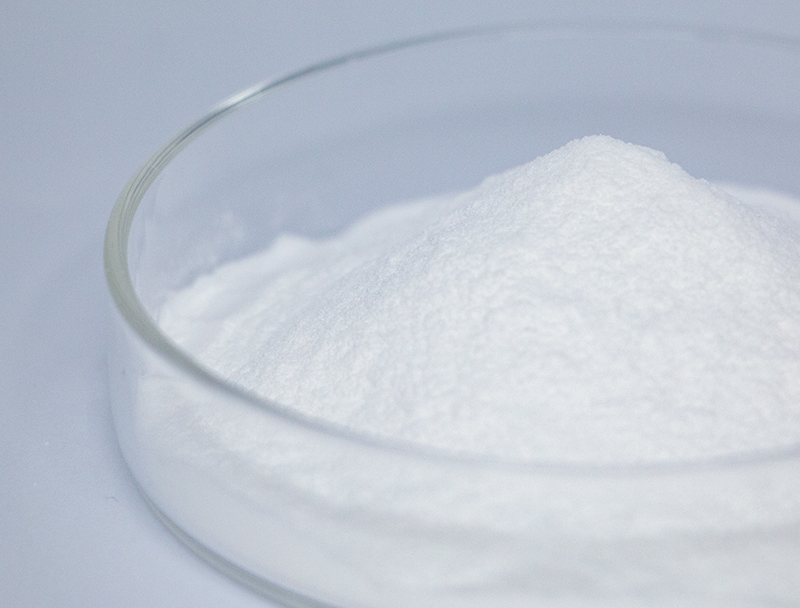
One issue is the complexity of biopharmaceutical manufacturing processes, which often involve multiple steps.. Optimizing these processes for large-scale production can be a complex undertaking, requiring extensive research and technological innovation.. Even so, the payoff can be large. Well-executed upscaling can improve therapy access, decrease costs, and enhance economic performance.
Different initiatives are progressing to solve scale-up constraints. Approaches include cutting-edge process optimization tech, comprehensive analytics for control, and disruptive manufacturing designs.
- Developmental projects contribute critically to scaling manufacturing competency.
- Regulators are reforming approval systems to facilitate adoption of advanced manufacturing and nurture innovation.
Aligning Biomanufacturing with Regulatory Standards for Patient Safety
Developing biologic treatments requires exacting oversight to ensure consistent safety and efficacy. Living-source therapeutics present distinct obstacles in regulation and production relative to classical drugs.
Bodies like FDA and EMA shape the regulatory landscape and set benchmarks for evaluating innovative therapies..
Stringent experimental and surveillance testing occurs across the entire development-to-market continuum. Such safeguards are intended to detect hazards and ensure therapeutics adhere to top-tier safety benchmarks..
Also, governing institutions evolve their strategies to respond to swift advances in biopharmaceutical science.. Measures involve adopting innovative technologies and enabling development acceleration without compromising patient welfare.

Plant-Derived Feedstocks as a Route to Sustainable Bioplastics
Heightened demand for sustainable products accelerates efforts to develop renewable material alternatives. Plant-based bioplastics made from biomass feedstocks present a hopeful path to reduced plastic impact. Sources like cornstarch, cellulose fibers, and sugarcane biomass can transform into compostable plastics that decompose and reduce pollution.
Moreover, bioplastics can mirror key properties of fossil-derived plastics and fit diverse application needs.. Sustained research efforts are necessary to optimize plant feedstocks for mass bioplastic production and enable circularity.
Emerging Biotech Solutions for Health and Food Security
Modern biotech tools present opportunities to improve global health and stabilize food production. With genetic tools, engineered biological systems, and regenerative cell approaches, experts craft interventions to manage diseases, enhance agriculture, and fortify nutrition.. To illustrate, modified plants designed for pest resilience and environmental tolerance can raise outputs and reduce pesticide application.. Moreover, biotechnology plays a crucial role in developing vaccines, antibiotics, and diagnostic tools that are essential for combating infectious diseases and improving global health outcomes.. As research progresses, biotechnology holds immense promise for creating a healthier and more sustainable future for all.
